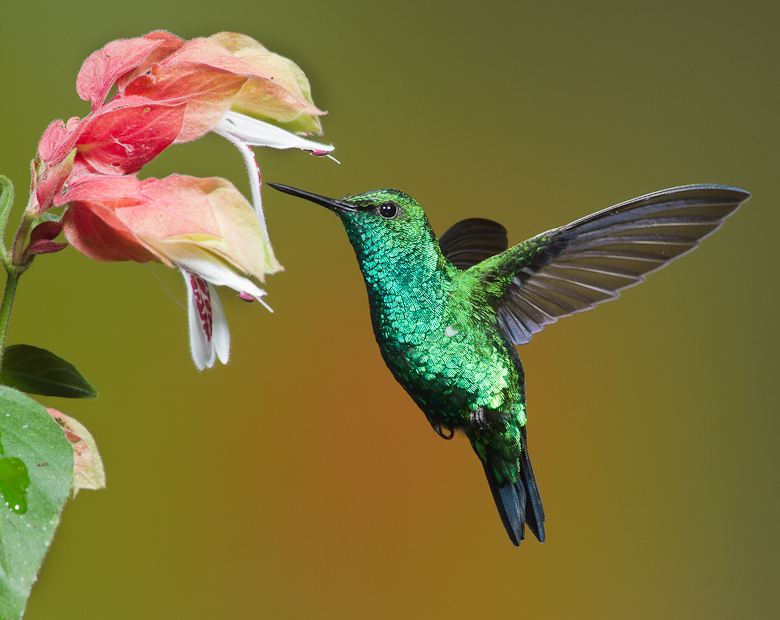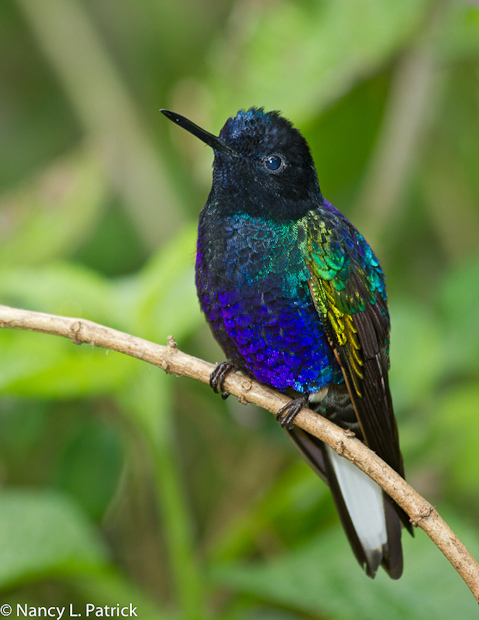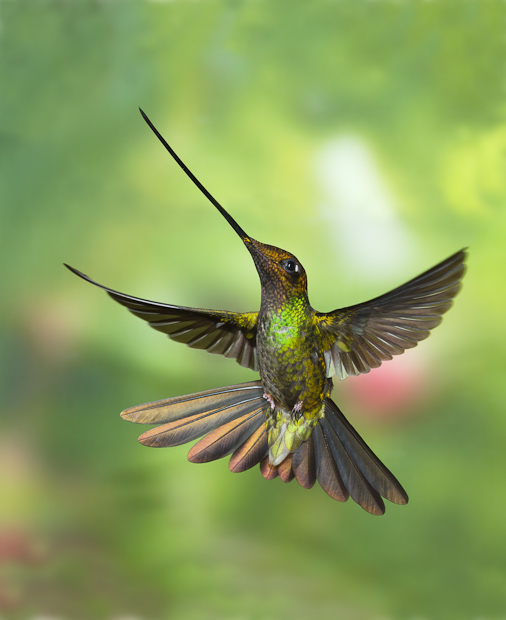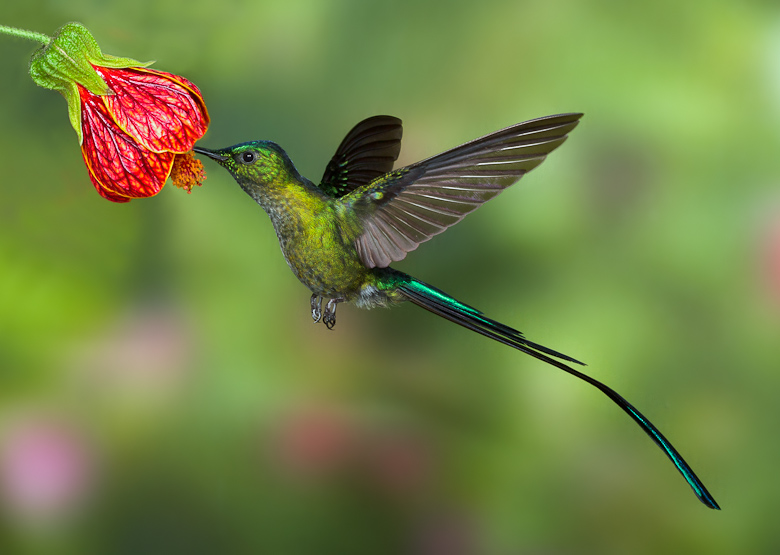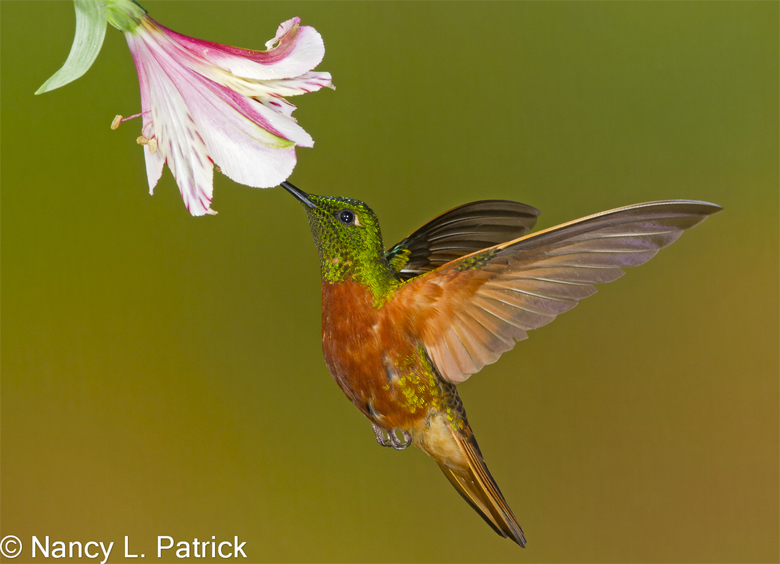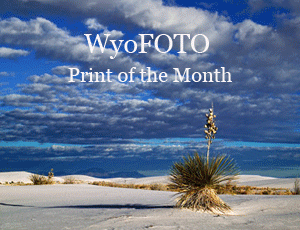But nobody wants to cry
Everybody wants to go to heaven
But nobody wants to die
~Albert King
For thousands of years, human theologians and religious leaders have debated the existence of heaven and what it takes to get there. If you are a hummingbird however, I believe the answer is simple. Heaven is here on earth, and it’s in the Republic of Ecuador.
Hummingbirds are said to be the earth’s second largest family of birds. It is estimated that about 328 species exist worldwide. Ecuador, which is approximately the size of the US state of Colorado, has within its boundaries over 130 of the world’s hummingbird species. In other words, a country with about 0.2% of the earth’s landmass has about 40% of all the hummingbird species. Since these little birds have been known to migrate over 4000 miles over the course of the year, it is in my opinion obvious, that they have chosen to live in Ecuador because they really like it there.
As a photographer and nature lover, I have long been fascinated with hummingbirds. I find both their kaleidoscopic plumage and their indomitable spirit inspiring to say the least. I have often stood eye to eye with one in my yard as he sized me up and chastized me for letting his feeder go dry.
It was with a great deal of respect and anticipation, that I finally made the journey in October of 2010, to visit and photograph them in their glorious promised land in the Republic of Ecuador.
View Ecuador Hummer Sitesin a larger map
|
Our journey began with the flight to Quito, the capital of Ecuador. We landed at midnight and made our way to the Sheraton hotel for a much needed good nights sleep. Early the next morning we continued our journey by bus toTandayapa Bird Lodge. Tandayapa Bird Lodge is probably the ultimate base to explore the birdlife of the Chocó region of Northwest Ecuador. Over 600 species of birds can be seen on day trips around the lodge. It is also smack dab in the middle of the highest concentration of hummingbirds in all of Ecuador. Our first evenings exposure to the hummingbird swarm left us in awe. Hundreds of hummers descended on about 10 feeders spread about the back porch of the lodge. It was like being in a horde of feathery locusts. A dozen species could be seen within the first several minutes. To get a better feel for what its like check out thisvideo clipon Youtube. We put together our multiflash setup on the morning of day 2. Some of us worked the flashes for acrobatic inflight photos. Others, went out and searched for birds in a more natural perched environment. It takes between 3-5 flashes running at 1/16 power to freeze an in flight hummer. Even with a flash duration of less than 1/10000 of a second, you can sometimes see some blurring due to motion on the wingtips. |
|
After two full days of shooting at Tandayapa, my wife and I had some excellent photos of about 16 species of Ecuadorian hummingbirds. We also had some great shot of various tanagers, a Red headed Barbet, Toucan Barbets, a Golden rumped Euphonia, a Giant Antpitta and a Bananaquit. On day three of our stay at Tandayapa lodge, we went out in search of what some people, including myself consider to be the most beautiful of all the Ecuadorian hummingbirds. It is the Velvet-purple Coronet. It is rarely found at Tandayapa so we went on a field trip to the Mindo Loma preserve, where it is fairly common. On the way, we stopped at the Angel Paz preserve. There at a hidden lek, just before sunrise, we observed the mating ritual of theAndean Cock of the Rock, which is the national bird of Peru. We also got a chance to observe Red rumped Toucanets coming in to a fruit feeder which had been set up. After a quick breakfast, we headed to theMindo Lomapreserve in search of our Velvet-purple Coronet. We were not to be disappointed. After observing and photographing some lesser males, the alpha male showed up and took over the large feeder we had set up. He would defend it against all comers for over an hour. He would strut and click and show us he was definitely the boss of this part of the preserve. The photo at right is worth a thousand words. It is a straight conversion, no saturation boosting in Photoshop or Lightroom. The bird is truly a feathered living rainbow. When we first viewed the photo in Lightroom, a fellow photographer thought I had pushed the saturation slider. He had a hard time believing that I didn’t until he opened his own photos and saw similarly intense color. |
|
After another full day of shooting at Tandayapa, we headed for theYanacocha Reservenear Quito. Yanacocha protects a high-altitude cloud forest situated at an elevation of10,500 ft. The reserve encompasses 964 hectares of elfinPolylepisForest. It was established in 2001 to protect almost the entire known world population of the critically endangered hummingbird, theBlack-breasted Puffleg, whose known range is restricted to the Pichincha Volcano. It is estimated that there are less than 300 mature individuals of this species left in the world. We did not see a black breasted puffleg. In fact only 2 individuals were seen at the feeders in all of 2010. The hike to the main feeders at Yanacocha is flat and about a mile long on the Inca Trail. It is all however, at an altitude above 10,500 feet! We live at about 5300 feet elevation so we didn’t notice the thin air much. Flat landers however should beware. The Buff-winged Starfrontlet, Sword-billed Hummingbird, Great Sapphirewing, Sapphire-vented Puffleg, Tyrian Metaltail and Golden Breasted Puffleg were some of the species we photographed at Yanacocha. Visually this preserve can be stunning. The hike through the Cloud Forest is unlike anything I’ve seen in North America. Many of the plants dwarf the hikers. Philodendron with 5 foot high leaves are common. Volcanic valleys can be seen drifting in and out of the clouds below your feet. After leaving Yancocha, we drove east to Quito. We crossed Quito and headed further east over Papallacta Pass to the eastern side of the Andes. At about 7:30 that night we arrived at our final destination,Guango Lodge. |
|
Guango lodge lies at an elevation of 8700 feet on Ecuador’s eastern slope. It is right in the middle of Ecuador’s largest concentration of Sword-billed hummingbirds. This amazing creature is the only bird in the world that has a bill that’s longer than it’s body. This enormous bill allows it to feed on large elongated flowers such asBrugmansia volcanicola. The bill is also so long that the little fellow can preen itself only with its feet. When the Sword-billed hummingbird perches, it holds its beak almost vertical to reduce the strain on its neck. To see this incredible hummingbird in action look at thisshort video. The bill of the Sword-billed hummingbird is a product of extreme co-evolution present in the distinct Andean ecologies. The colder weather of the Andes means a relative absence of insects. This absence of insects also means an absence of their role as the traditional pollinators for flowers. It is believed therefor that many of these flowering plants have actually co-evolved along with the hummingbirds upon which they rely on. Thus the Brugsmania and other similar flowers, need the Sword-billed hummers to exist in this environment. A similar case of evolution can be seen in the Long-tailed Sylph at right, which is also found at Guango Lodge. It’s long tail, longer than it’s body, is of a complex turquoise-cerulean hue. It’s strong color is designed to attract mates in the very overcast and dark Andean cloud forest. Female sylphs, with tails of a more modest size, pick out and mate with the males that have the longest tail feathers. Any male that can carry this load is fit and healthy and a suitable mate. |
|
Over the next three days of our stay at Guango, other hummer species we photographed include, the lovely Chestnut-breasted Coronet seen at left, the Tourmaline Sunangel, Mountain Avocetbill, Tyrian Metaltail, Spectacled hummingbird and White-bellied Woodstar. More photos of these various species can be found by looking at photo galleries to be foundhereandhere. Perched photography of these hummers is relatively easy and requires little more than a fill flash andbetter beamer flash extender.Producing high quality stop motion inflight shots, requires 3-5 electronic flashes, slaves, light stands, and suitable photo back drops. For an excellent article on what is involved lookhere. If you don’t wish to lug all this extra gear, don’t speak Spanish and would like the guide services of a hummingbird expert, I highly recommendRalph Paonessa. The best news of all, for humans at least, is that to get to hummingbird heaven, all you need is the money to purchase an airline ticket to Ecuador, you don’t have to actually die. |
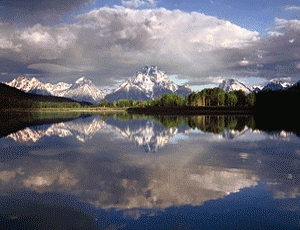
About Miles Hecker
Miles has been involved with photography for over forty years. He teaches digital photography at Casper College in Casper,Wyoming. His photos have won awards fromNatures Best magazine,Photo.net, The Luminous LandscapeandWyoming WIldlife . Miles’ photos have been published in American Vignette, Backpacker Magazine, Natures Best Images, Popular Photography, Wyoming Audubon, and Wyoming Wildlife. He is co-founder ofWyoFOTO LLC.
Geotagged Photolocation Index
June 2011
You May Also Enjoy...
Camera Envy: the Nikon D2H
Books, Nikon Bigots, and B&WP Good morning! A few notes this week: First, a correction. I said last week that Jim Brandenburg¹s pictures from his
